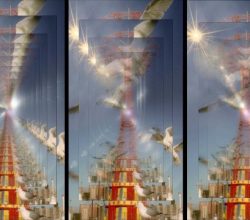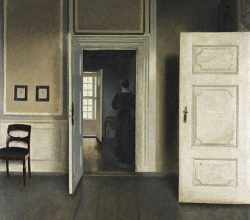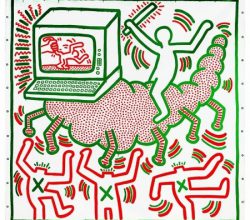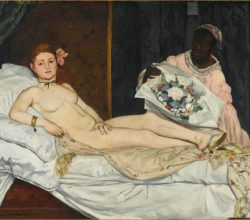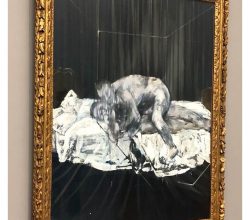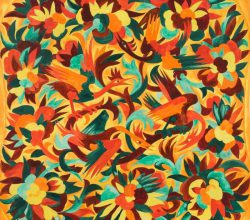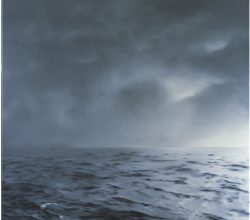
Gerhard Richter: Seascapes
Emily Spicer | Studio International | 10th June 2019
Given the numerous Richter exhibitions, what can yet another one say? This show assembles the best of his meticulous photorealistic seascapes. It reveals his strategy quite clearly – avoid copying a photograph while striving for an “autonomous image” devoid of a personal style. However, something distinctive does emerge, “a strangeness and unease and that is stylistic in itself.”


